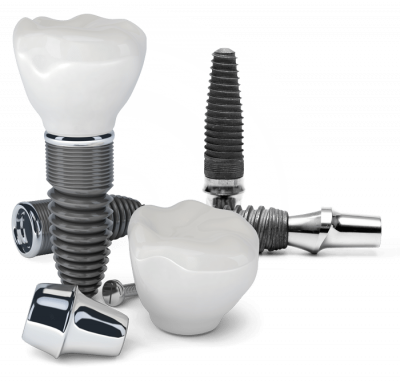
Dental Filling


Dental Filling
Tooth Filling is the restoration of the decayed or missing part with suitable materials to compensate for the existing material loss in our teeth.
What is Caries (tooth decay)?
Caries is the irreversible destruction of the main structure of the tooth enamel by the acidic by-products formed by the bacteria existing in our oral flora, as a result of feeding with food residues. The enamel layer is the hardest layer of our body. Bacteria can penetrate this layer very slowly and in a long time. However, the caries line, which encounters the softer dentin layer after the enamel layer of 1.5-2 mm, progresses rapidly and approaches the pulp layer of the tooth. In the meantime, first sensitivity to sugary foods, then cold sensitivity and finally hot sensitivity are seen. Sometimes the caries progresses so chronic that your tooth may become necrosis (losing its vitality) without feeling any pain.
Amalgam (GRAY) Fillings
It is the oldest filling material used today. It has been used for approximately 150 years. It contains mercury, silver and some metal alloys. Since it is exposed to metal fatigue, it is not possible to protect the cavity for a long time, even if it exists in the mouth. Many people talk about twenty-year-old amalgam fillings, but when we look closely at these fillings, it is inevitable to see secondary caries and necrosis.
- Disadvantages
In addition, recent studies have shown that due to the hard structure of amalgam, it does not adapt to the chewing forces and causes micro cracks in the tooth. The fact that their color is gray close to black also limited their use aesthetically. In addition, because the amalgam filling may need to be eroded from the healthy tissue of the tooth in order to adhere to the tooth cavity, it can also lead to unnecessary material loss.
They are fillings developed in the last twenty years in parallel with the developments in dentistry. Although they were too weak to rival amalgam at the time they were first discovered, with the incredible development in micro-particle technology, they have reached a level of durability far superior to amalgam. Amalgam’s superiority is not only in its durability. The main advantages of composite fillings are that it is sufficient to clean only the carious part in order to place the composite filling, that they do not need extra preparation to ensure the retention of the filling, and that they can be prepared in tooth color. Even today, thanks to the chameleon effect of some composites, it is possible to take the color of the tooth on which it is placed. This superiority provides excellent results, especially in anterior region restorations.
Since the composite fillings are cured by light of a certain wavelength, the hardening of the filling is completely finished when the physician finishes the treatment. However, if anesthesia was required during the filling, it would be beneficial not to eat until the numbness subsides, so as not to bite the cheek, lip or tongue unnoticed.
Depending on the area where the filling is made and the depth of the filling, temporary sensitivity after filling can be considered normal. However, if there is permanent sensitivity and persistent pain in the nerves after filling in very deep caries, it may be necessary to contact the dentist again and apply a root canal treatment or a filling renewal.













